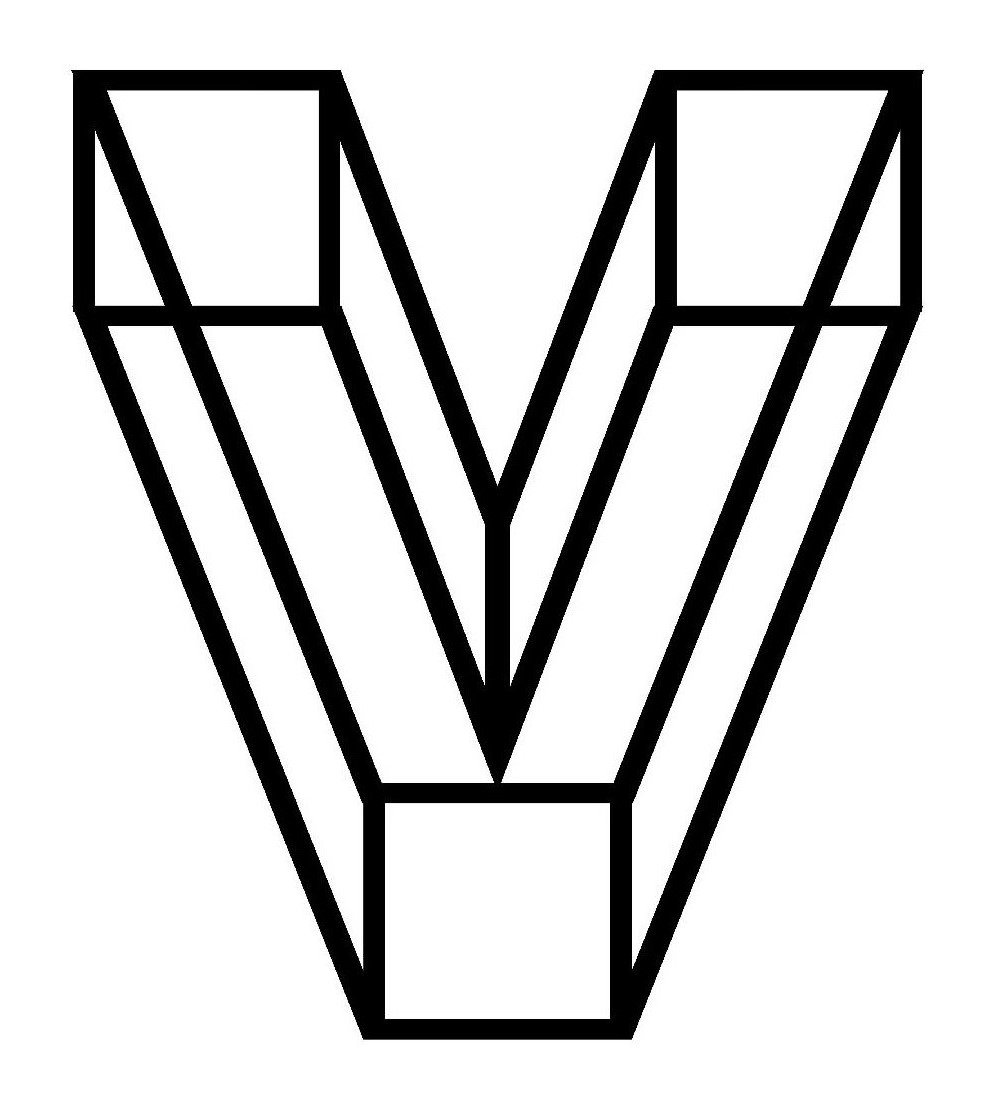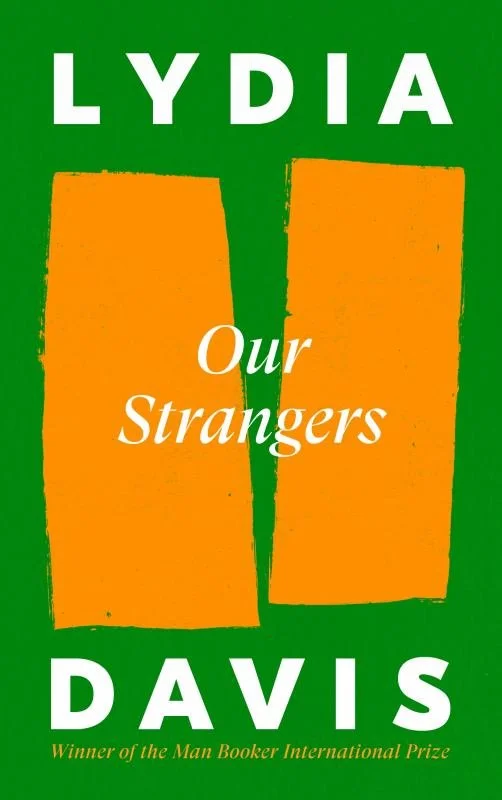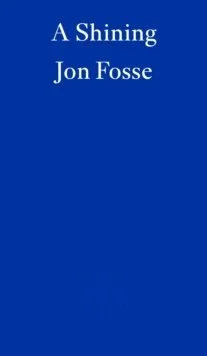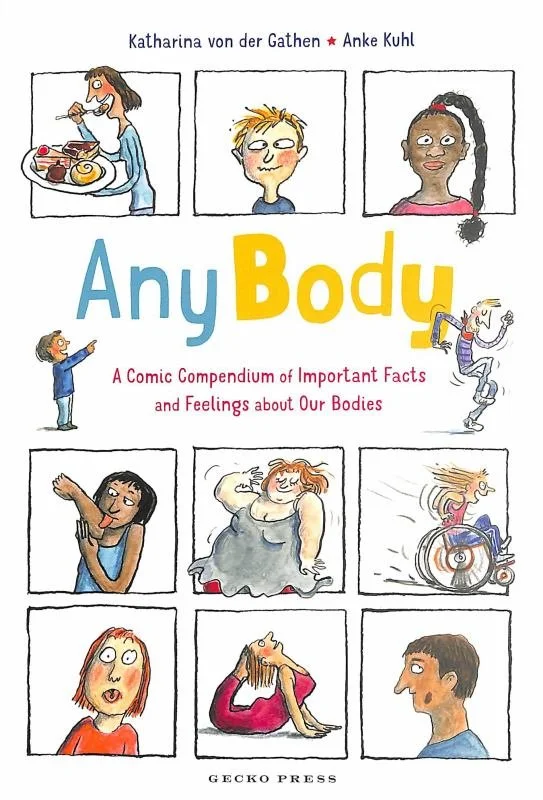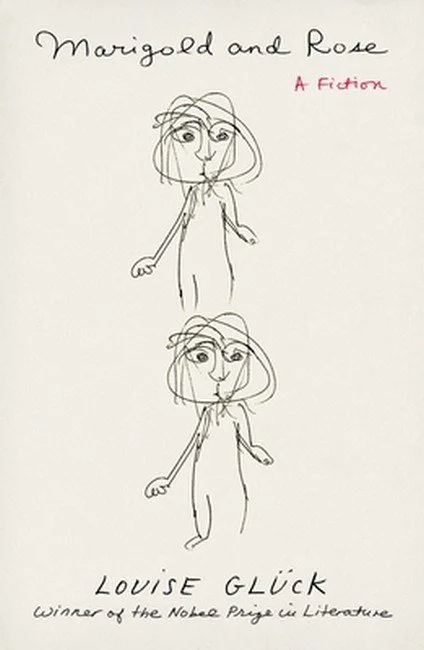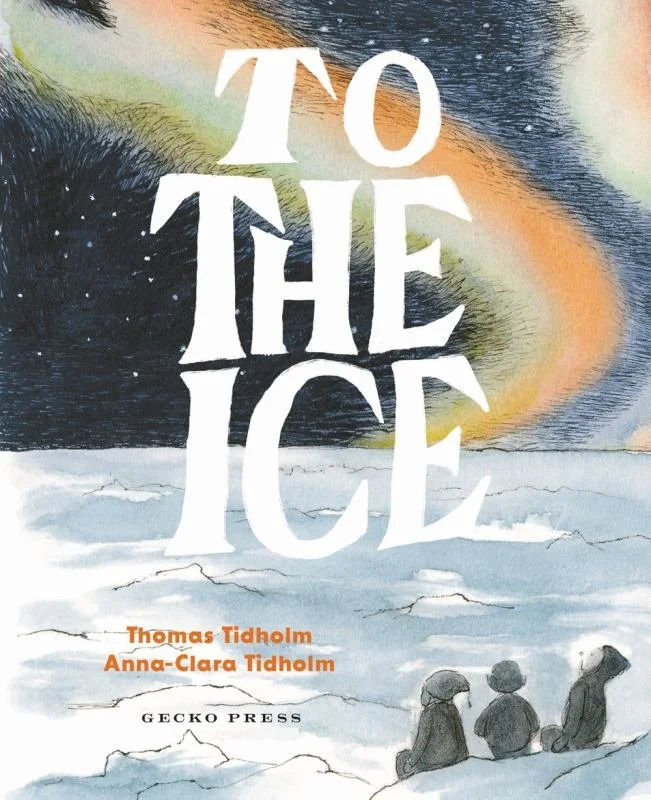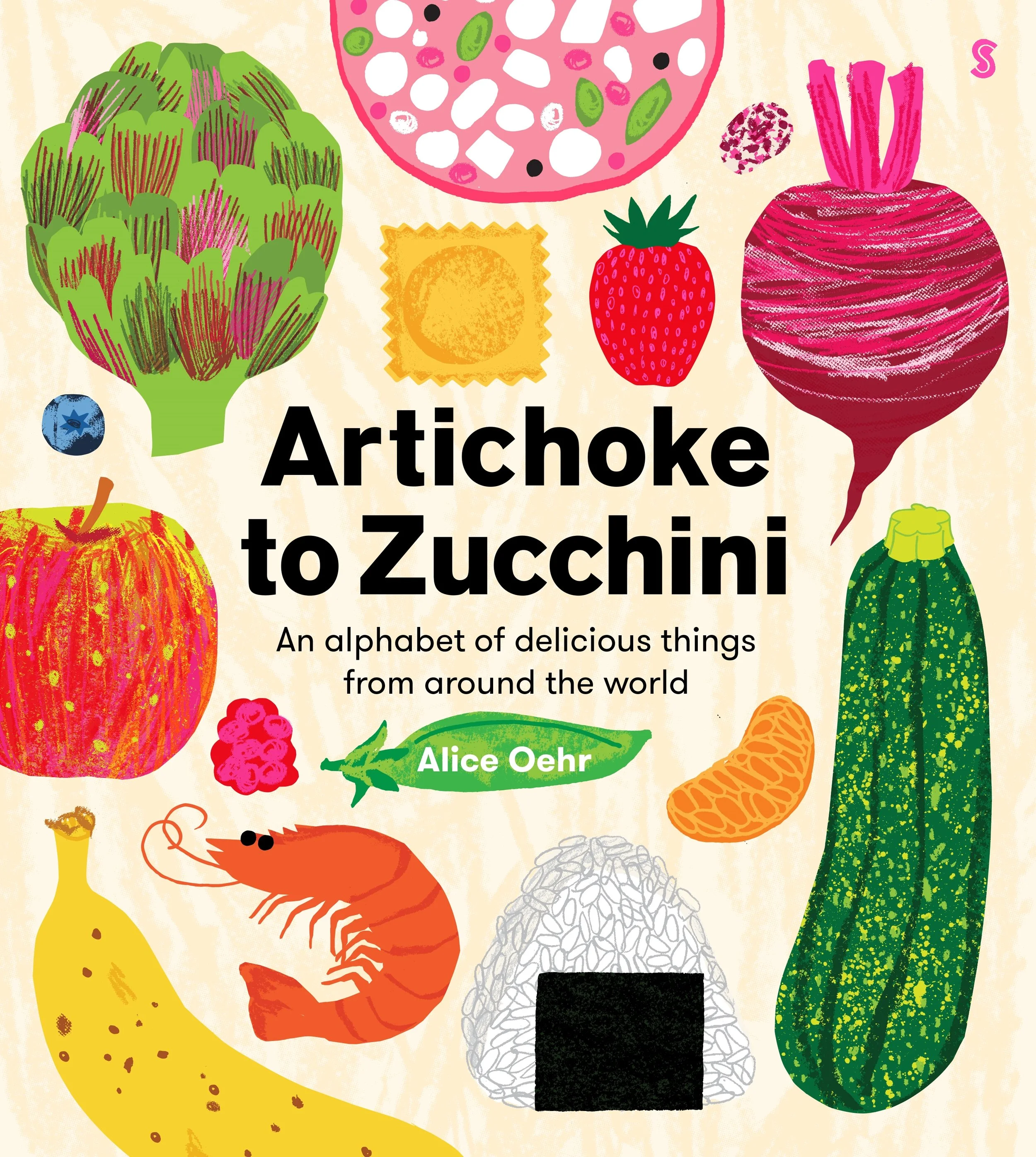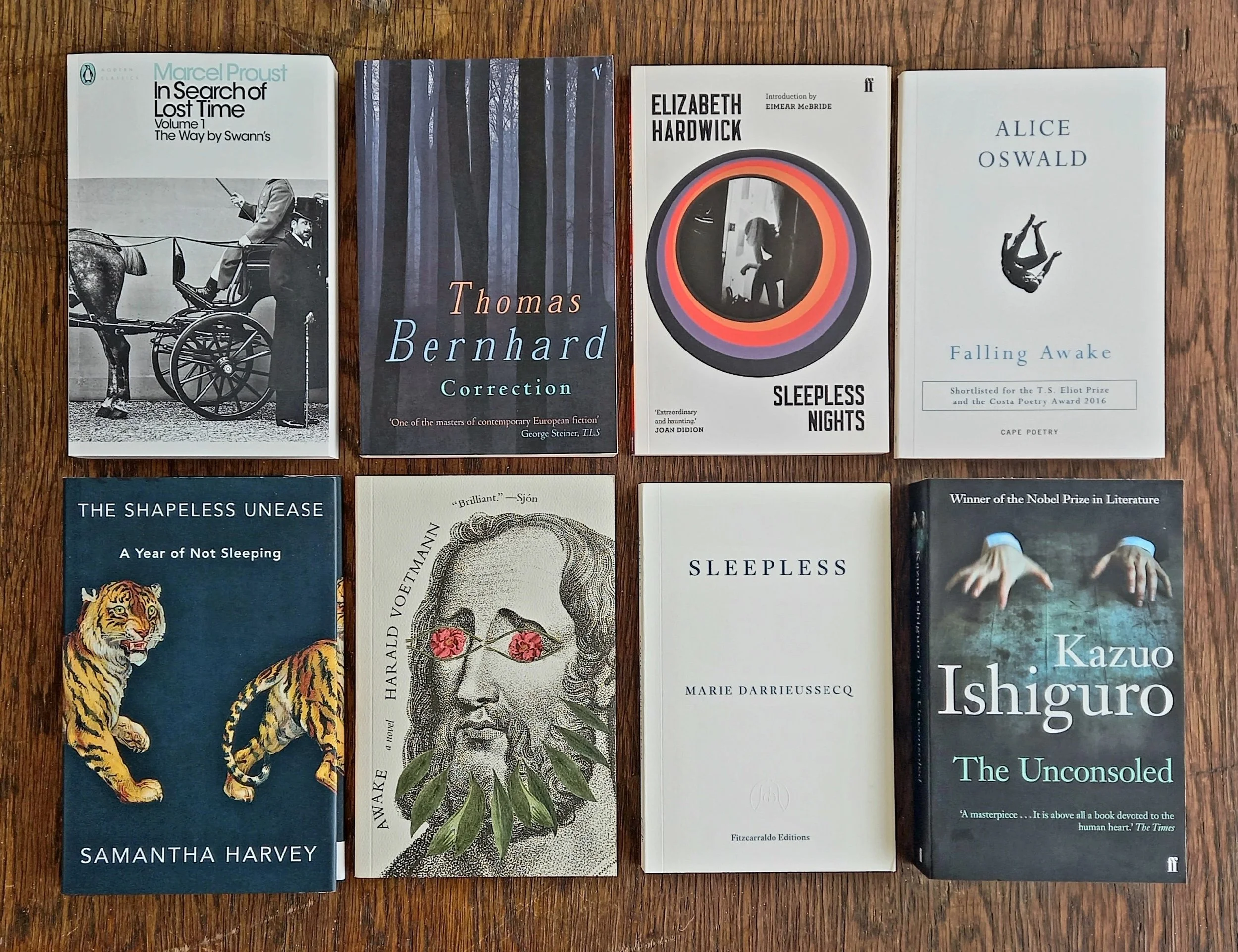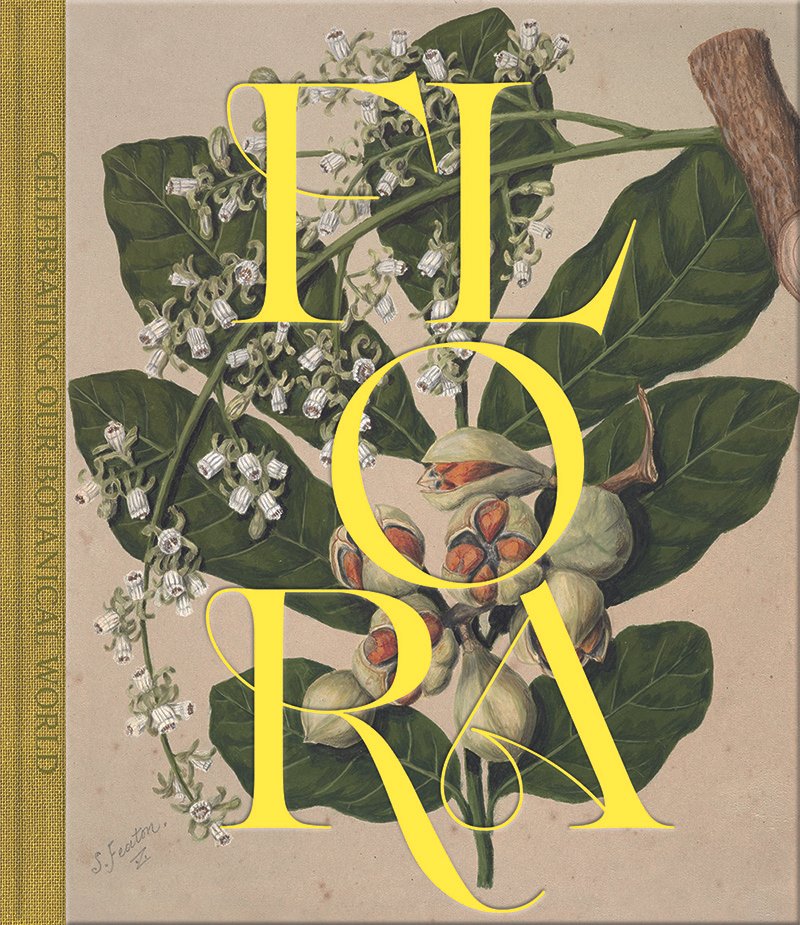A new book is a promise of good times ahead. Click through for your copies:
Our Strangers by Lydia Davis $45
Lydia Davis is a virtuoso at detecting the seemingly casual, inconsequential surprises of daily life and pinning them for inspection. In Our Strangers, conversations are overheard and misheard, a special delivery letter is mistaken for a rare white butterfly, toddlers learning to speak identify a ping-pong ball as an egg and mumbled remarks betray a marriage. In the glow of Davis's keen noticing, strangers can become like family and family like strangers. (Hardback)
”This is a writer as mighty as Kafka, as subtle as Flaubert and as epoch-making, in her own way, as Proust.” —Ali Smith
”Davis captures words as a hunter might and uses punctuation like a trap. Davis is a high priestess of the startling, telling detail, a most original and daring mind.” —Colm Toibin
A Shining by Jon Fosse (translated from Nynorsk by Damion Searles) $26
A man starts driving without knowing where he is going. He alternates between turning right and left, and finally he gets stuck at the end of a forest road. Soon it gets dark and starts to snow, but instead of going back to find help, he ventures, foolishly, into the dark forest. Inevitably, the man gets lost, and as he grows cold and tired, he encounters a glowing being amid the obscurity. (Paperback)
”A Shining can be read in many ways: as a realistic monologue; as a fable; as a Christian-inflected allegory; as a nightmare painstakingly recounted the next morning, the horror of the experience still pulsing under the words, though somewhat mitigated by the small daily miracle of daylight. I think the great splendour of Fosse’s fiction is that it so deeply rejects any singular interpretation; as one reads, the story does not sound a clear singular note, but rather becomes a chord with all the many possible interpretations ringing out at once. This refusal to succumb to the solitary, the stark, the simple, the binary – to insist that complicated things like death and God retain their immense mysteries and contradictions – seems, in this increasingly partisan world of ours, a quietly powerful moral stance.’” —Lauren Groff
”Fosse’s prose doesn’t speak so much as witnesses, unfolds, accumulates. It flows like consciousness itself. This is perhaps why A Shining feels so momentous, even at fewer than 50 pages. You never quite know where you’re going. But it doesn’t matter: you want to follow, to move in step with the rhythm of these words.” —Matthew Janney
Hangman by Maya Binyam $40
A man returns home to sub-Saharan Africa after twenty-six years living in exile in America. When he arrives, he finds that he doesn't recognise the country or anyone in it. Thankfully, someone at the airport knows him — a man who calls him brother. As they travel to this man's house, the purpose of his visit comes into focus: he is here to find his real brother, who is dying. In Hangman, Maya Binyam tells the story of this twisted odyssey, and of the phantoms and tricksters, aid workers and taxi drivers, the relatives, riddles and strangers that lead this man along a circuitous path towards the truth. Hangman is a strangely honest story of one man's stubborn search for refuge — in this world and the one that lies beyond it. (Hardback)
”Hangman beckons you into a zone that at first seems as clear, as blank, and as eerily sunny as the pane of a window. Then it traps you there, until you notice the blots, bubbles, and fissures in the glass — and then the frame itself, then the shatter. A clean, sharp, piercing — and deeply political — novel.” —Namwali Serpell
This Plague of Souls by Mike McCormack $40
The long-awaited next novel from the Goldsmiths Prize-winning author of Solar Bones. How do you rebuild the world? How do you put it back together? Nealon returns to his family home in Ireland for the first time in years, only to be greeted by a completely empty house. No heat or light, no furniture, no sign of his wife or child anywhere. It seems the world has forgotten that he even existed. The one exception is a persistent caller on the telephone, someone who seems to know everything about Nealon's life, his recent bother with the law and, more importantly, what has happened to his family. All Nealon needs to do is talk with him. But the more he talks the closer Nealon gets to the same trouble he was in years ago, tangled in the very crimes of which he claims to be innocent. Part roman noir, part metaphysical thriller, This Plague of Souls is a story for these fractured times, dealing with how we might mend the world and the story of a man who would let the world go to hell if he could keep his family together..(Hardback)
”This is the reason Mike McCormack is one of Ireland's best-loved novelists; he is the most modestly brilliant writer we have. His delicate abstractions are woven from the ordinary and domestic — both metaphysical and moving, McCormack's work asks the big questions about our small lives.” —Anne Enright
Forgotten Manuscript by Sergio Chejfec (translated from Spanish by Jeffrey Lawrence) $38
"Could anyone possibly believe that writing doesn't exist? It would be like denying the existence of rain." The perfect green notebook forms the basis for Sergio Chejfec's work, collecting writing, and allowing it to exist in a state of permanent possibility, or, as he says, "The written word is also capable of waiting for the next opportunity to appear and to continue to reveal itself by and for itself." This same notebook is also the jumping off point for this essay, which considers the dimensions of the act of writing (legibility, annotation, facsimile, inscription, typewriter versus word processor versus pen) as a way of thinking, as a record of relative degrees of permanence, and as a performance. From Kafka through Borges, Nabokov, Levrero, Walser, the implications of how we write take on meaning as well worth considering as what we write. This is a love letter to the act of writing as practice, bearing down on all the ways it happens (cleaning typewriter keys, the inevitable drying out of the bottle of wite-out, the difference between Word Perfect and Word) to open up all the ways in which "when we express our thought, it changes." (Paperback)
"It is hard to think of another contemporary writer who, marrying true intellect with simple description of a space, simultaneously covers so little and so much ground.” —Times Literary Supplement
Any Body: A comic compendium of important facts and feelings about our bodies by Katharina von der Gathen and Anke Kuhl $30
An honest, humorous and factual book for children and early teens who want to understand and feel at home with their own bodies. Sometimes we feel uncomfortable in our own skin, sometimes invincible. Katharina von der Gathen’s many years of experience working with children as a sex educator are the basis for this witty encyclopedia covering interesting facts about skin, hair and body functions alongside the questions that may affect us through puberty and beyond—gender identity, beauty, consent, self-confidence, how other people react and relate to us, and how they make us feel. With accessible and warm text, Any Body gently acknowledges common feelings of ambivalence about our bodies. Through showing body diversity and positivity, it encourages acceptance of self and others. The illustrations are relatably funny and include charts, cartoons and more—even a handy page of visual compliments. This compendium is an encouraging starting point for conversations with children navigating puberty and laying the foundations for body acceptance in a straightforward and highly entertaining way.
The Untamed Thread: Slow stitch to sooth the soul and ignite creativity by Fleur Woods $50
The Untamed Thread is the story of Fleur Woods’s journey from corporate world to creative life — woven with generous doses of the practical ways you can bring more creativity into your own life. Taking cues from the natural world we wander through Fleur’s contemporary fibre art practice to encourage and support you to find your own creative path. This inspiring creative guide invites you into Fleur’s art studio, near Upper Moutere. Her practice is as untamed as the New Zealand landscape that inspires her, free of rules, guided by intuition and joy in the process. Together we explore colour, texture, flora, textiles and stitch alongside the magic moments, happy accidents, perfect coincidences and ridiculous randomness of the creative process. Embracing the slow, contemplative nature of stitch we can reconnect our creative spirits to reimagine embroidery as a contemporary tool for mark making. This book wraps you in a warm blanket of nostalgia, grounds you in nature and inspires your senses to allow you to travel down your own creative path gathering all the precious little details meant for you along the way. (Flexibound)
Marigold and Rose: A fiction by Louise Glück $44
The twins, Marigold and Rose, in their first year, begin to piece together the world as they move between Mother’s stories of ‘Long, long ago’ and Father’s ‘Once upon a time’. Impressions, repeated, begin to make sense. The rituals of bathing and burping are experienced differently by each. The story is about beginnings, each of which is an ending of what has come before. There is comedy in the progression, the stages of recognition, and in the ironic anachronisms which keep the babies alert, surprised, prescient and resigned. Charming, resonant, written with Gluck’s characteristic poise and curiosity, Marigold and Rose unfolds as a new kind of creation myth. "Marigold was absorbed in her book; she had gotten as far as the V." So begins Marigold and Rose, Louise Gluck's astonishing chronicle of the first year in the life of twin girls. Imagine a fairy tale that is also a multigenerational saga; a piece for two hands that is also a symphony; a poem that is also, in the spirit of Kafka's ‘The Metamorphosis’, an incandescent act of autobiography.
To the Ice by Thomas Tidholm and Anna-Clara Tidholm $28
Ida, Max and Jack go to the creek one winter’s day. They play on an ice floe then find themselves floating away—all the way to the polar ice, with just a box, a branch and some sandwiches. “You probably don’t think it’s true, and we didn’t either, not even while it was happening.” They find an old hut, meet penguins, see extraordinary things and, after testing their resources in this dramatic land of ice and snow, come home safe at the end of the day. “What shall we say about where we’ve been?” asked Max. “Tell the truth,” I said. “We don’t know.” (Hardback)
Dialogue with a Somnambulist: Stories, essays, and a portrait gallery by Chloe Ardjis $36
Renowned internationally for her lyrically unsettling novels Book of Clouds, Asunder and Sea Monsters, the Mexican writer Chloe Aridjis crosses borders in her writing as much as in life. Now, collected here for the first time, her stories, essays and pen portraits reveal an author as imaginatively at home in the short form as in her longer fiction. Conversations with the presences who dwell on the threshold of waking and reverie, these pieces will stay with you long after the lamps have flickered out. At once fabular and formally innovative, acquainted with reverie and rigorous report, sensitive to the needs of a wider ecology yet familiar with the landscapes of the unconscious, her texts are both dream dispatches and wayward word plays infused with the pleasure and possibilities of language. In this collection of works, we meet a woman guided only by a plastic bag drifting through the streets of Berlin who discovers a nonsense-named bar that is home to papier-mâché monsters and one glass-encased somnambulist. Floating through space, cosmonauts are confronted not only with wonder and astonishment, but tedium and solitude. And in Mexico City, stray dogs animate public spaces, “infusing them with a noble life force.” In her pen portraits, Aridjis turns her eye to expats and outsiders, including artists and writers such as Leonora Carrington, Mavis Gallant, and Beatrice Hastings. (Paperback)
The Sewing Girl’s Tale: A story of crime and consequences in Revolutionary America by John Wood Sweet $40
An account of the first published rape trial in American history and its long, shattering aftermath, revealing how much has changed over two centuries — and how much has not. On a moonless night in the summer of 1793 a crime was committed in the back room of a New York brothel — the kind of crime that even victims usually kept secret. Instead, seventeen-year-old seamstress Lanah Sawyer did what virtually no one in US history had done before: she charged a gentleman with rape. Her accusation sparked a raw courtroom drama and a relentless struggle for vindication that threatened both Lanah's and her assailant's lives. The trial exposed a predatory sexual underworld, sparked riots in the streets, and ignited a vigorous debate about class privilege and sexual double standards. The ongoing conflict attracted the nation's top lawyers, including Alexander Hamilton, and shaped the development of American law. Eventually, Lanah Sawyer did succeed in holding her assailant accountable — but at a terrible cost to herself. (Paperback)
Artichoke to Zucchini: An alphabet of delicious things from around the world by Alice Oehr $30
A is for artichokes and long spears of asparagus. It's for bright, creamy avocados and salty little anchovies… From apple pie to zeppole, and everything in between, Artichoke to Zucchini introduces young readers to fruit, vegetables, and dishes from around the globe. Full of tasty favourites and delicious new discoveries, it's sure to lead to inspiration in the kitchen!
